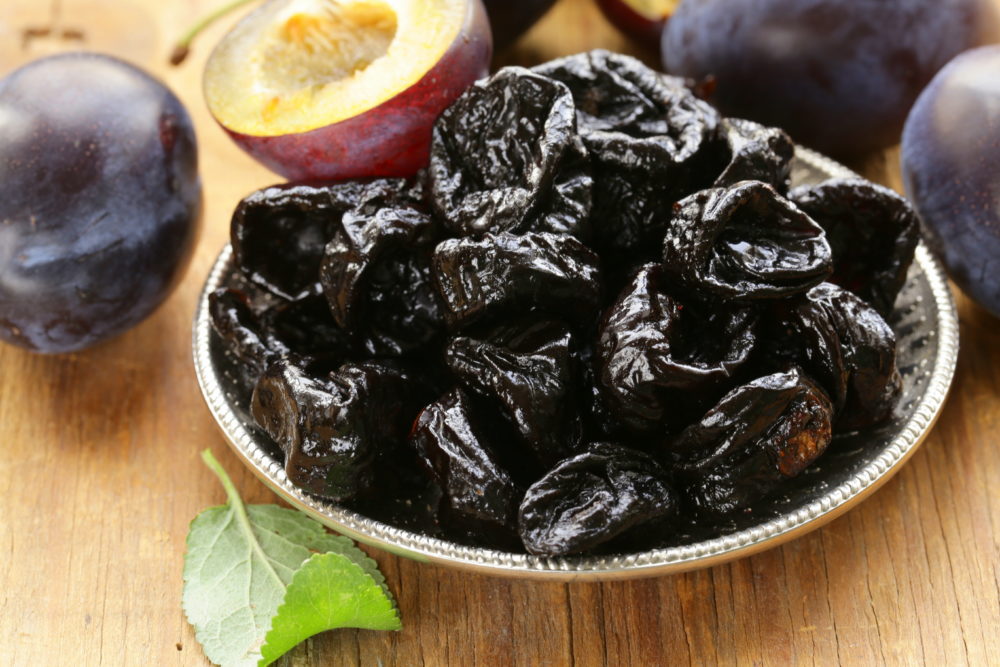Prune Growers Have Tough Season Economically
California Prune Growers Suffer Economically
California prune growers forced economically to make a 23% reduction in crop deliveries and suffered a 28% reduction in price. This hardship comes despite several positive factors for the industry, including $50 million in USDA purchases of prunes and positive results from trade mitigation offsets and industry promotion efforts in Japan and elsewhere.
Growers reviewed the daunting double hit to grower returns from several factors, including the disruption to trade caused by the coronavirus pandemic at the 52nd annual membership meeting of the Prune Bargaining Association (PBA) on Thursday last week by conference call/video conference.
According to data presented by PBA General Manager Greg Thompson, average grower returns for several growers will fall by more than $500 per ton from the previous crop year. “Growers are to be commended for the tremendous efforts they have made to match production with demand,” explained Thompson. “Growers were told they would be paid little or nothing for smaller prunes, so they increased their efforts to prune, thin, and then screen out fruit at harvest, bringing the crop down from an estimated 110,000 tons to 85,000 tons.”
As background, according to the University of California, growers have an investment of nearly $18,000 per acre (not including land) to establish a prune orchard. Growers spend an additional $4,194 per acre each year to produce and deliver the crop. “The extra effort made this past year by growers increases expenses and reduces yields,” explains Thompson. “It is truly a double whammy to have grower prices fall so precipitously.”
The brutal cut to grower prices comes in the face of many positives for the industry. Imports of cheaper but more inferior quality prunes are down 76% for the first five months of the year, while domestic shipments of California prunes are up 13%. USDA programs in response to unfair and retaliatory tariffs and trade barriers, and needy family feeding programs, have helped offset losses in overseas markets and gain back market share.
Shipments to Japan, a key market for California prunes, are up 14% over the previous year. Over the past three years, the USDA has purchased nearly $50 million of prunes for needy families, school lunches, and other feeding programs.
One of the biggest positives for the California prune growers comes from a united industry working together to promote health and wellness through nutrition research. “Everbody wants to make a health claim these days,” explains Ranvir Singh, PBA President. “But prunes are the tried and true healthy and completely natural food. There is so much more to the health benefits of eating prunes than anyone first imagined.”
Scientific research is revealing more and more about the importance of gut health to overall health. Prunes have been shown to positively impact both gut health and bone health, among other bonuses. “The benefits of micro-nutrients, boron, potassium, fiber, and an apparent anti-inflammation benefit in the gut make prunes a truly remarkable food,” remarks Singh.
The Prune Bargaining Association was formed in 1968 as a grower-owned cooperative to improve the California prune industry’s economy, encourage the production of a quality product, and provide a forum for growers to exchange ideas regarding the industry. The PBA establishes the industry’s raw product price for prunes.












